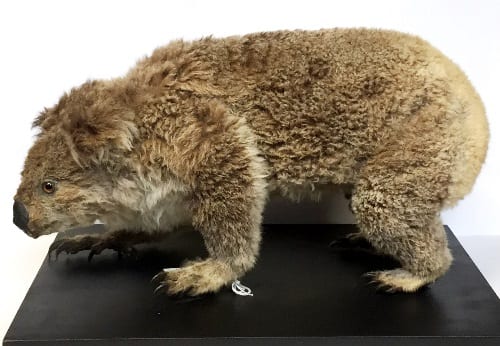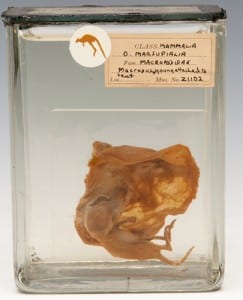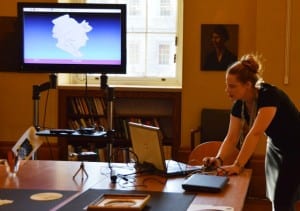Specimen of the Week 330: The taxidermy koala – The language of natural history
By Jack Ashby, on 16 February 2018
With generic terms like mankind and Homo sapiens (“wise man”), people of all genders are well aware that it is the masculine that has dominated the vocabulary of humanity. Not so in the animal kingdom.
Across UCL Culture we are celebrating the centenary of some women first getting the vote in the UK in a number of different ways. In the run up to International Women’s Day, here on the blog our Specimens of the Week will be exploring themes like women in natural history, female specimens, and – in this case – the language of natural history. This week’s Specimen of the Week is…
 Close
Close




